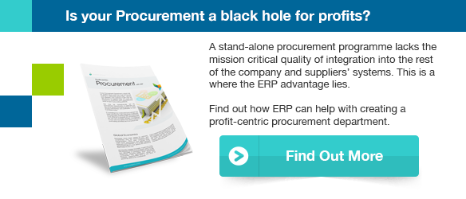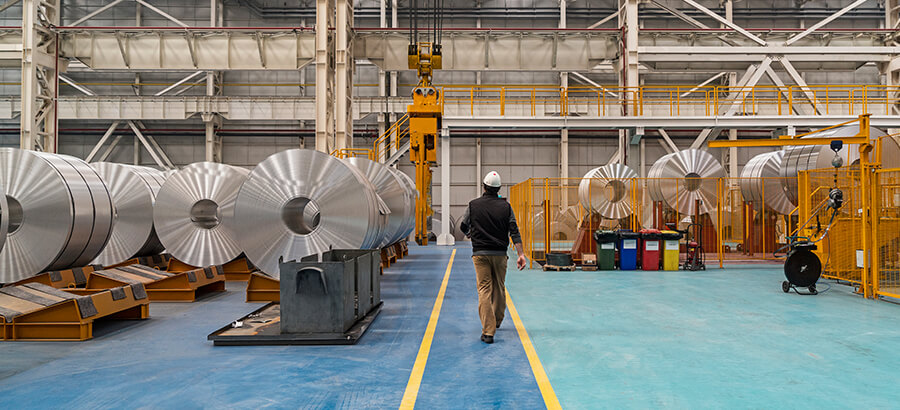Is your Procurement Department living in the 21st century? Gone are the days of procurement existing simply as a purchasing function – although its roots are in purchasing, modern procurement makes organizations smarter and more profitable through sourcing diversification, whilst improving both input costs and cash flow.
Historically, organizations believed that Procurement’s role was to put the squeeze on suppliers. Penalty contracts were enforced and buyers were measured on savings alone. Management practices have moved on since then taking a more sustainable approach. Suppliers are now viewed as partners, integral to an organization’s success. Both organizations share vital supply-chain information ensuring they are better equipped to plan and align their activities in a symbiotic relationship.
This new era has led to cost reductions and improved efficiencies across the supply-chain, and has improved profitability for all involved.
So what’s driving this? Well globalization has been a huge factor – placing additional demands and opportunities on procurement. Foreign Domestic Investment worldwide has enjoyed phenomenal growth over the last two decades. In fact, its growth surpasses international trade three times over and international trade in turn is growing faster than developed economies. This globalization is bringing new markets and opportunities to businesses, and with it, a vast array of sourcing options.
With greater options, procurement is better able to establish supply partnering agreements in alignment with company objectives.
For example, Vendor Managed Inventory allows companies to guarantee input supply and expend working capital on its use. This vastly improves a company’s cash position and removes the costs associated with managing large stock holdings.
Supplier partnerships not only require strong agreements but sharing of sales and operational forecasts and plans. This is where ERP becomes vital. ERP systems are able to facilitate this exchange of information as well as record the usage of inputs; both crucial for notifying suppliers so they can immediately react. Additionally, the financial transactions in honoring the partnering agreement are also able to be automated.
With improved efficiencies and automation ability, Vendor Managed Inventory , Supplier Rebates, Claims, Purchasing, Payments and Request for Quotation are all able to be managed with visibility, control and efficiency. This means cost reductions and improved profitability.
Additionally, inventory trend analysis and forecasting and material requirements planning are also provided by the ERP system, helping refine input requirements even further. The procurement process also allows for a higher level of quality “inputs” in the supply chain process whether that be raw material or purchased product.
With improved and richer information and increased efficiencies, modern procurement and ERP have become vital profit driving factors, crucial for the success and survival of any manufacturing business today.







